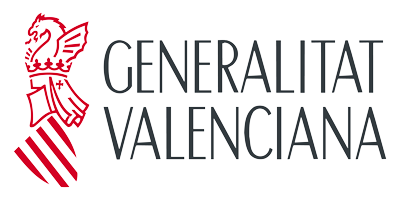Where: Escola Superior de Tecnologia i Ciències Experimentals Room TD2102AA
Presented by: Prof. Sixto Gimenez Julia
Significant progress has been reported in solar water splitting, with solar-to-hydrogen efficiency as high as 30% already demonstrated. However, two major challenges remain. First, high efficiencies have only been achieved using expensive and non-scalable III-V semiconductors. Low-cost metal-oxide based devices, on the other hand, have only achieved efficiencies < 10%. These metal oxide-based devices typically utilize BiVO 4 as the absorber, and further increase of the efficiency is hindered by the optical absorption limit of BiVO 4 that has a ~2.4 eV bandgap. Novel metal oxide semiconductors with a bandgap of 1.7-1.9 eV, which are stable and efficient, are therefore desired. Second, most of the demonstrated devices are still at the laboratory scale. Large-area demonstrations exist, but they typically show much lower efficiencies. This is best illustrated in a recent review: [1] even when III-V semiconductor-based devices are considered, there is no report of devices with a semiconductor absorber area larger than 10 cm 2 and STH efficiency > 10%. In this talk, our research efforts in developing novel low-cost metal oxide photoelectrodes and mitigating scale-up related losses in photoelectrochemical water splitting devices will be presented. We utilized a combination of various spectroscopy techniques to investigate the optoelectronic and photoelectrochemical properties of novel oxides, such as -SnWO 4 and modified BaSnO 3 . [2-5] Based on these, the fundamental limitations can be revealed and improvement strategies were proposed and implemented. Further outlook on these two promising complex metal oxides will be discussed. Finally, we use a combination of multiphase multiphysics simulations (2-D and 3-D finite element analysis models) and validation experiments (e.g., in-situ pH fluorescence, particle image velocimetry, shadowgraphy) to quantify and breakdown the different loss mechanisms associated with scaling-up photoelectrochemical water splitting devices. [6-9]
1. J. H. Kim et al., Chem. Soc. Rev. 48, 2019, 1908
2. P. Schnell et al., Chem. Mater. 34, 2022, 1590
3. P. Schnell et al. Adv. Energy Mater. 11, 2021, 2003183
4. S. Gahlawat et al. Chem. Mater. 34, 2022, 4320
5. P. Schnell et al. Solar RRL 7, 2023, 2201104
6. F. F. Abdi et al. Sust. Energy Fuels 4, 2020, 2734
7. K. Obata et al. Energy Environ. Sci. 13, 2020, 5104
8. K. Obata et al. Cell Rep. Phys. Sci. 2, 2021, 100358
9. K. Obata & F. F. Abdi, Sust. Energy Fuels, 2021. DOI: 10.1039/D1SE00679G






